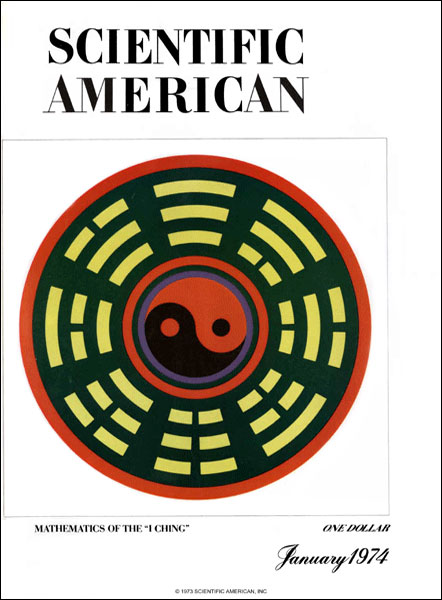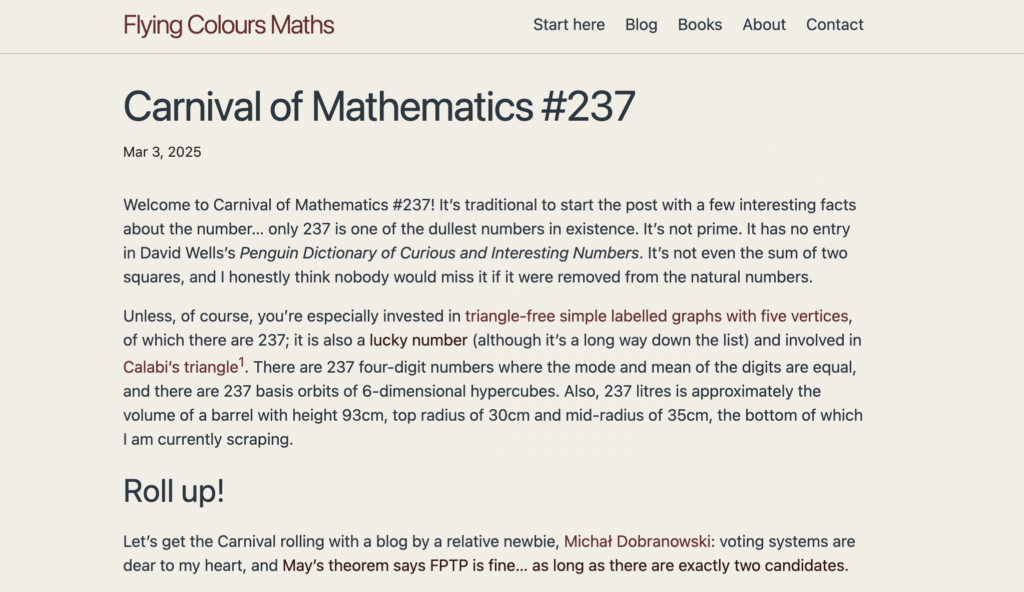Double Maths First Thing picked the wrong week to give up calculus.
Hello! My name is Colin and I am a mathematician on a mission to spread the joy and delight of doing mathematical things.
It’s nice to finally be in a new month after April 1st was cancelled again, the 32-day March always catches me out. Rather than the tedious April Fools’ jokes, some people instead do April Cools, where the only surprise is that the author is writing on an unexpected topic. Here’s the manifesto. I approve.
Links
One of the things that goes on in April is Easter — it’s fairly late this year. In case you’ve ever wondered how to calculate it, Verge Cornelius has a guide. Bring back decimal time, I say.
My eldest has recently been playing a lot of chess. This reminded me of the Chess Mysteries of Professor Smullyan, a book of which I remember reading close to four decades ago. “Retrograde analysis” involves not finding the next move, but determining the last one. There’s a lot of maths in that.
In retrogaming news, Ben Shoof has got to the bottom of The Colonel’s Bequest, an endearingly ridiculous deep-dive into completing an ancient computer game.
From the art world, here’s a look at Piranesi’s perspective trick; Bruno Postle investigates how Piranesi drew realistic-looking panoramas by slightly bending reality.
Robert Abbott is a legend in recreational maths — I remember playing Theseus and the Minotaur far more than I should have done back in the day, and Eleusis is a fantastic invention. I was recently pointed at his logic mazes, which look equally entertaining.
Currently
I’m hearing rumbles about a Clopen Mic Night next month — I’m not at liberty to say any more, but I expect it to be a cracker.
March’s TMIP animation challenge is over — check out the videos here — but never worry, another edition has already begun and you can submit your polyhedral nets over the next month.
Also, if you’re so minded, you can take part in What’s My Plot?, an occasional series in which I post an unlabelled plot and you guess what it is.
That’s all I’ve got for this week. If you have friends and/or colleagues who would enjoy Double Maths First Thing, do send them the link to sign up — they’ll be very welcome here.
If you’ve missed the previous issues of DMFT or — somehow — this one, you can find the archive courtesy of my dear friends at the Aperiodical.
Meanwhile, if there’s something I should know about, you can find me on Mathstodon as @icecolbeveridge, or at my personal website. You can also just reply to this email if there’s something you want to tell me.
Until next time,
C

